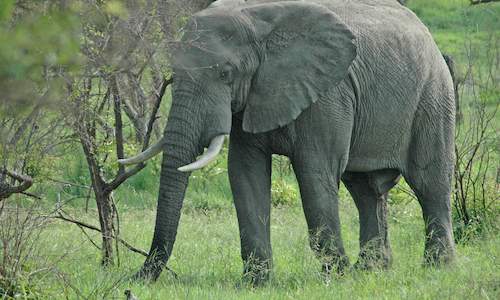Environmental Impact Study

Although intended to be issued this month, the environmental impact study for the 80 metre high De Hoop dam on the Steelpoort River has not yet been released.
According to a Department of Water Affairs and Forestry (DWAF) official, there has been a delay in the completion of some of the specialist studies that were found to be necessary in the scoping process for the environmental impact assessment (EIA).
The Steelpoort River is a major tributary of the Olifants River and currently has no major dams obstr ucting its flow.
The Olifants river is, however, burdened with many dams that have had a detrimental affect on the quantity and quality of water flowing in the river. Meanwhile, work is ongoing on the raising of the wall of the Flag Boshielo dam on the Olifants River.
This and the construction of the De Hoop dam form part of the Olifants River Water Resources Development Project (ORWRDP) which is intended to supply water to the platinum mines and the communities living in Olifants Water Management Area. The ORWRDP is intended to bring economic development to some of the poorest communities in South Africa.
According to the final scoping report issued in December last year, construction of the De Hoop dam is expected to start later this year if the EIA is approved. Mid June was set as the date for the Record of Decision on the construction of the dam to be issued by the relevant authorities, a year after cabinet approved the development plan in its current format.
The final scoping report for the dam on the Steelpoort River raised various issues:
- The reserve for Olifants River (the amount of water that flows continuously through a river that is needed to meet human and ecological needs) has been determined, but water users and dams along the river have not yet correctly maintained this. The dam on the Steelpoort River will be able to meet the Steelpoort's reserve, but will still lower the amount of water flowing through the Olifants. Reduced flows in the Olifants River could have an adverse effect on the Kruger National Park, including making it more likely that the Massingir Dam will be raised, flooding river gorges within Kruger. The ORWRDP should also not affect the amount of water that South Africa is required to provide Mozambique through the Olifants River
- Mining activities are likely to further compromise the quality of the water in the Olifants River system
- The dam is projected to be built in the Sekhukhune Centre of Plant Endemism which contains plant species that are thought to occur nowhere else on earth
- Between 11 and 14 kilometres of the Steelpoort River will be swamped by the dam, flooding some of the best examples of the monkey thorn tree (Acacia galpinii) to be found in the Olifants basin.
- Two species of small minnows are only found in the Steelpoort and lower Olifants Rivers. The dam wall will stop the fishes' movements and split them into two populations
- In order for the current water usage in the Olifants catchment to be sustainable over time, DWAF needs to look at water conservation and demand management, especially water saving and reuse by agriculture and mining. Fines and incentives have been suggested to make this workable
- The construction of the dam and associated pipelines will cause an influx of people into the area, and the affected municipalities need to plan in advance for this in terms of housing, sanitation and other infrastructure requirements
- Municipalities have now taken over from DWAF the responsibility for providing clean drinking water, but many municipalities do not have the personnel to adequately service this requirement
- The Tshehla Trust Land is located at the site of the dam wall and will be lost when the dam is built.
- The influx of people into the area is expected to affect the spread of HIV/Aids in the area
- Compensation and resettlement of people caused by both the dam and the pipeline must be looked at
By Melissa Wray
In the Greater Olifants River Area

 Olifants consists of 3 eco systems so game viewing is excellent. There is also a high population of Elephant in the area. Olifants Camp offe...
Olifants consists of 3 eco systems so game viewing is excellent. There is also a high population of Elephant in the area. Olifants Camp offe...